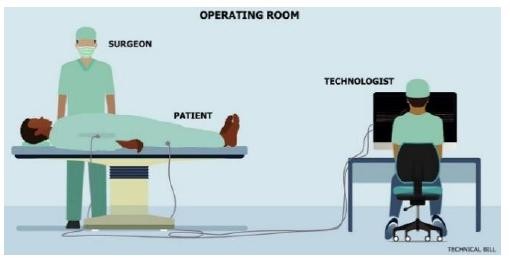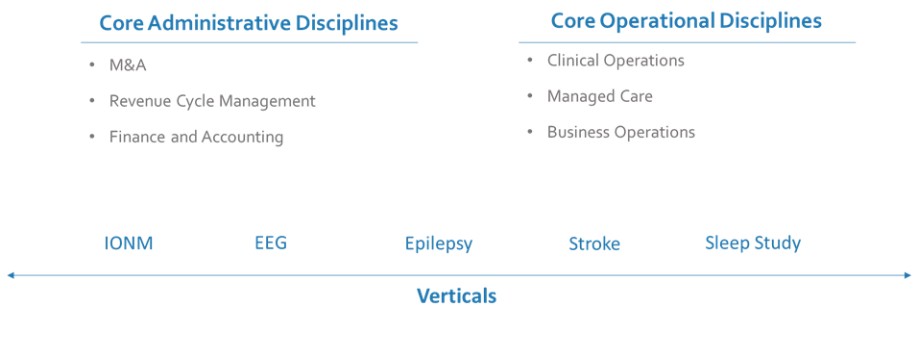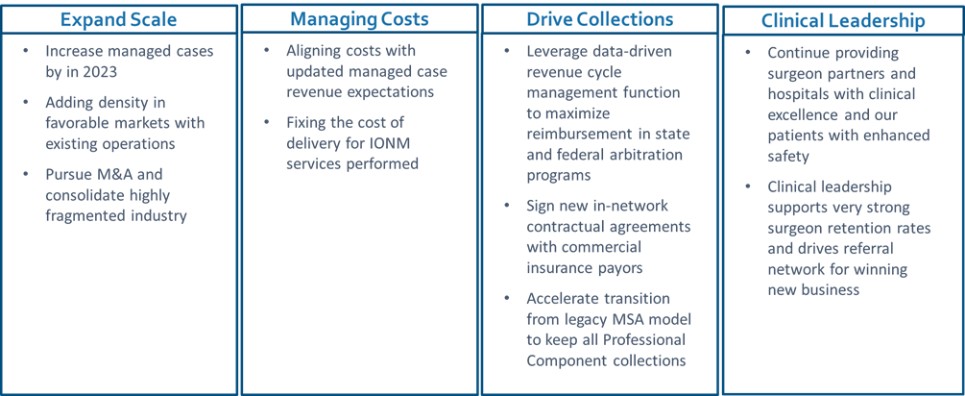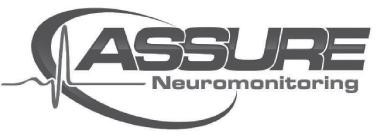The information in this preliminary prospectus is not complete and may be changed. We may not sell these securities until the registration statement filed with the Securities and Exchange Commission is effective. This preliminary prospectus is not an offer to sell these securities and it is not soliciting an offer to buy these securities in any state where the offer or sale is not permitted.
SUBJECT TO COMPLETION DATED JANUARY 27, 2023
PRELIMINARY PROSPECTUS
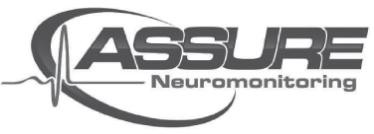
ASSURE HOLDINGS CORP.
Shares of Common Stock
We are offering shares of our common stock at an offering price of $ per share.
Our common stock is listed on the NASDAQ Capital Market (the “NASDAQ”) under the symbol “IONM”. On January 25, 2023 the closing price per share of our common stock as quoted on the NASDAQ was $0.32 per share. In this offering, the actual public offering price per share will be determined between us and the underwriter in the offering, and may be at a discount to the current market price of our common stock. Therefore, the assumed public offering price used throughout this prospectus may not be indicative of the final offering price.
We are a “smaller reporting company” and an “emerging growth company” as defined under the federal securities laws and, as such, we may continue to elect to comply with certain reduced public company reporting requirements in future reports.
Investing in our shares involves risks. You should carefully read the “Risk Factors” beginning on page 5 of this prospectus before investing.
We may amend or supplement this prospectus from time to time by filing amendments or supplements as required. You should read the entire prospectus and any amendments or supplements carefully before you make your investment decision.
Neither the Securities and Exchange Commission nor any other regulatory commission has approved or disapproved of these securities or passed upon the accuracy or adequacy of this prospectus. Any representation to the contrary is a criminal offense.
|
| Per Share |
| Total |
| ||
Public offering price |
| $ |
|
| $ |
|
|
Underwriting discount and commissions(1) |
| $ |
| $ |
| ||
Proceeds, before expenses, to us |
| $ |
| $ |
| ||
| (1) | We have agreed to reimburse the underwriter for certain expenses and issue warrants to the underwriter in an amount equal to % of the aggregate number of shares issued in this offering. For more information, see “Underwriting.” |
The offering is being underwritten on a firm commitment basis. We have granted the underwriter a -day option from the date of this prospectus to purchase up to shares of our common stock from us solely to cover over-allotments, if any.
The underwriters expect to deliver our shares to purchasers in the offering on or about , 2023.
January , 2023
